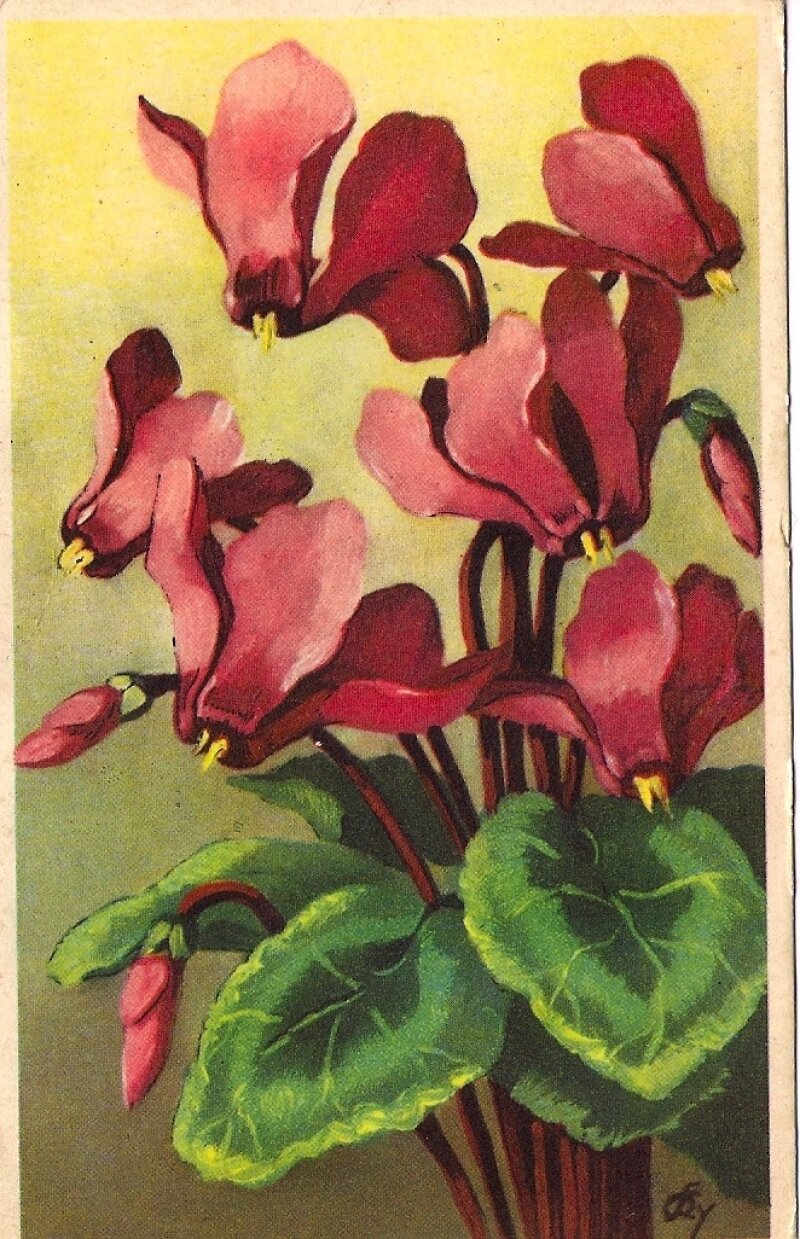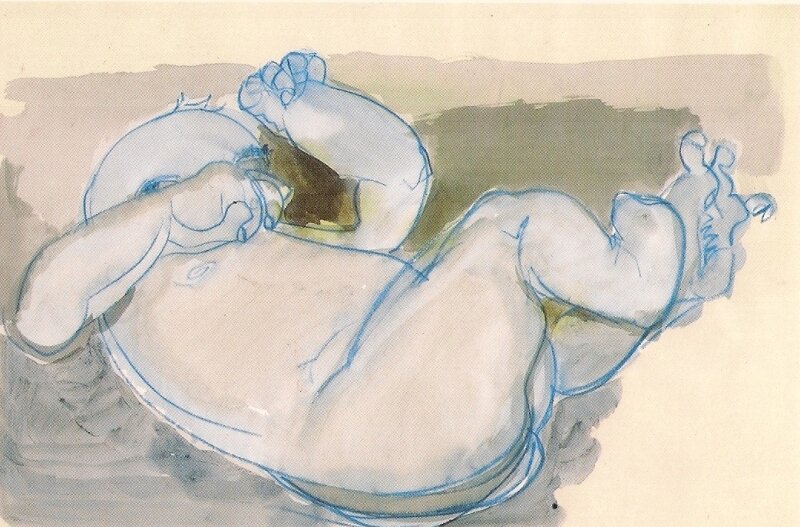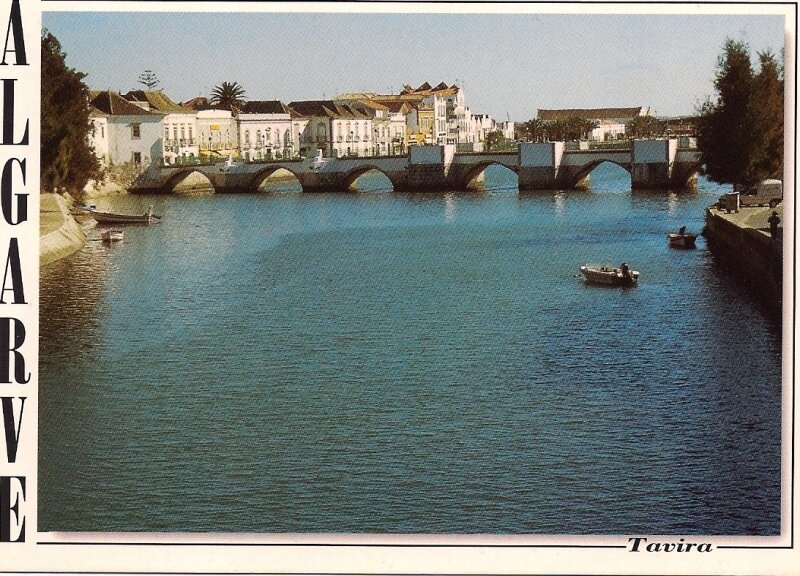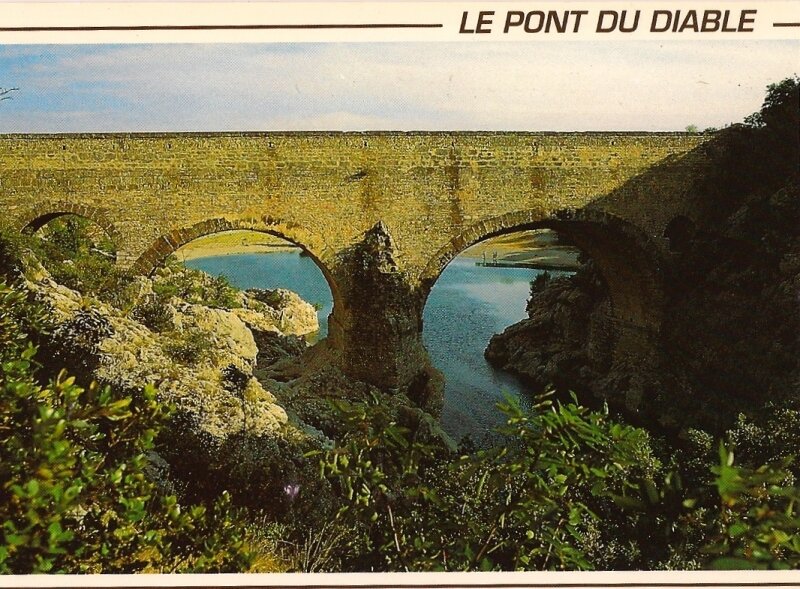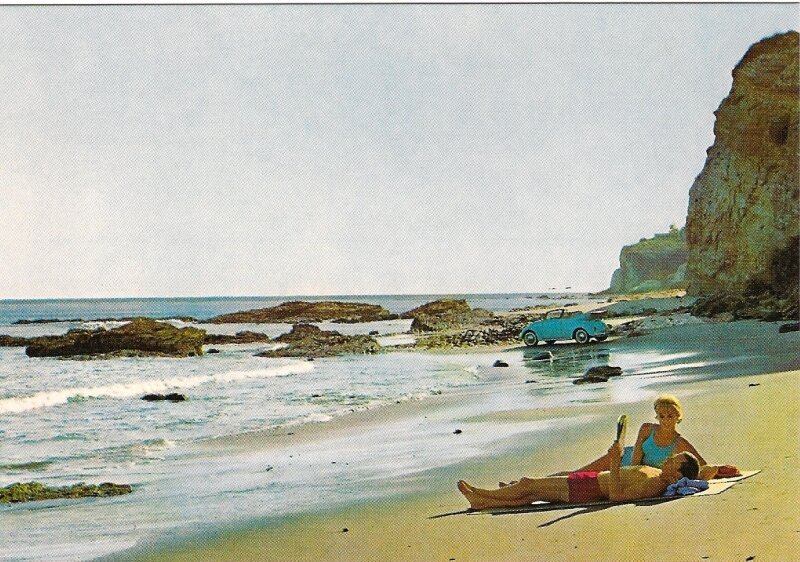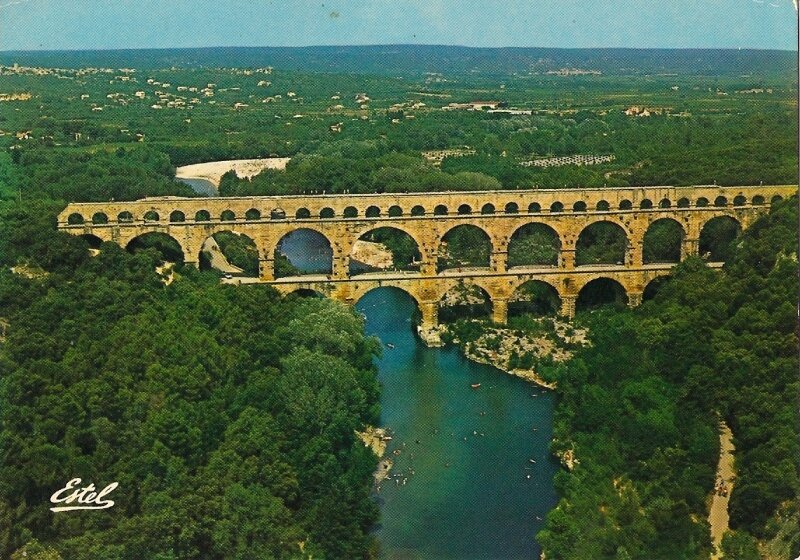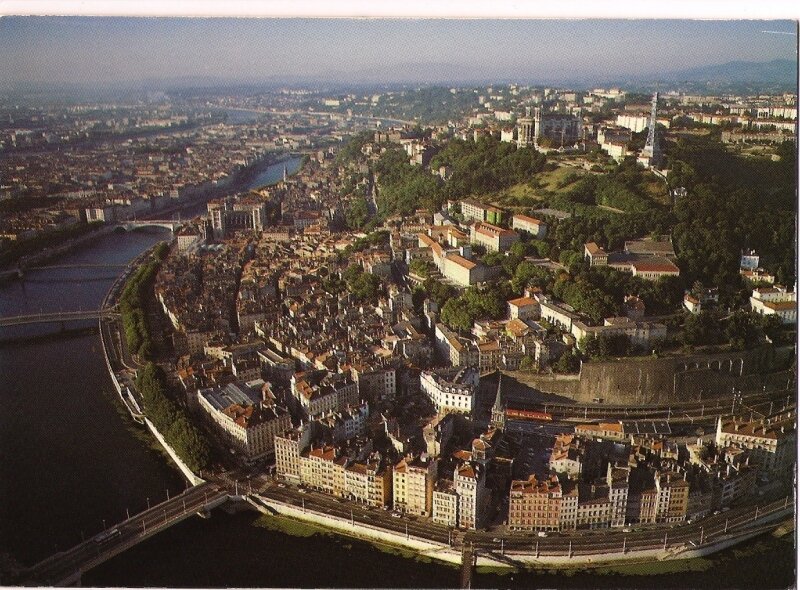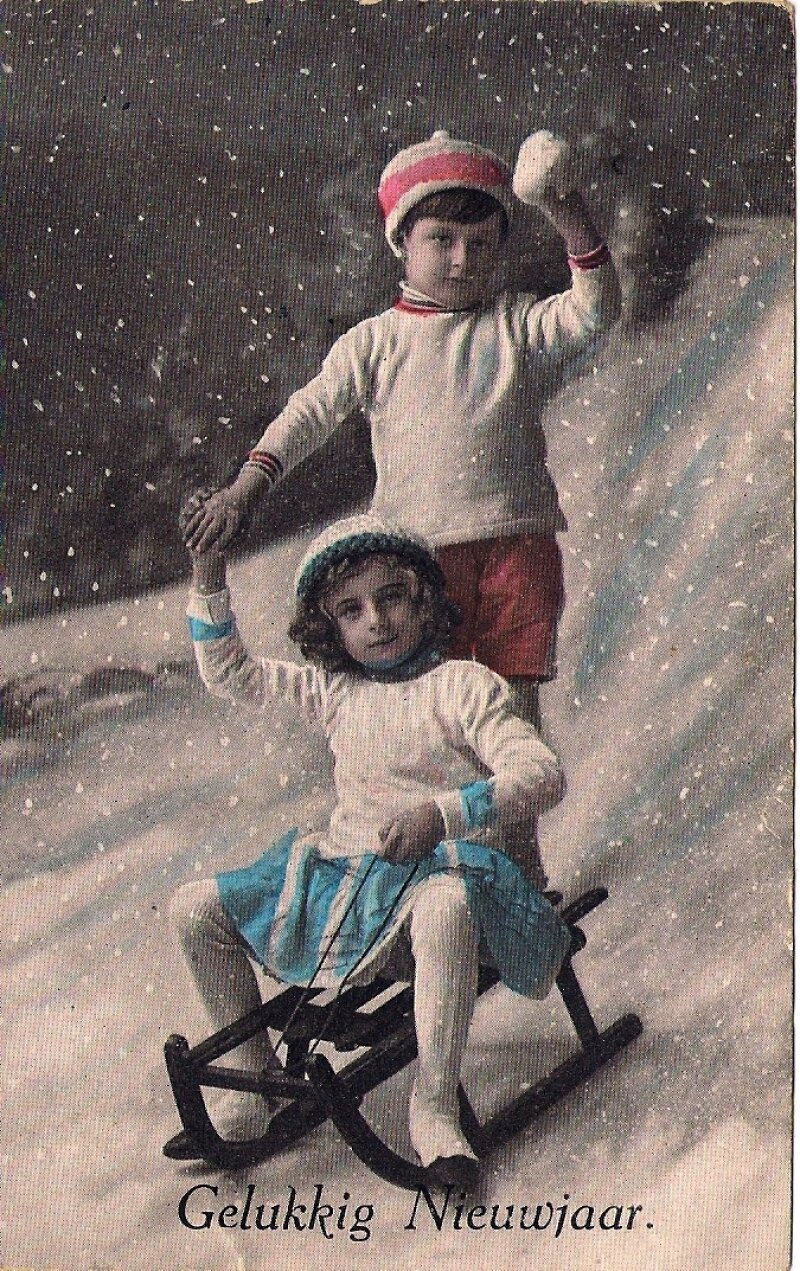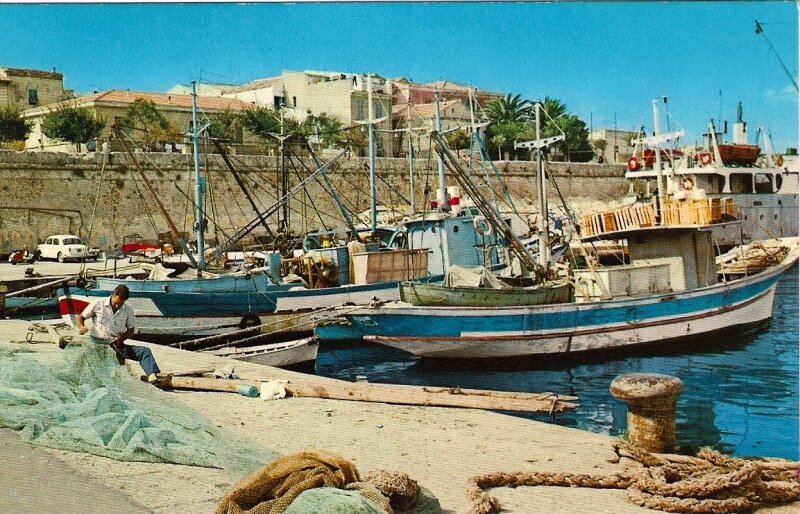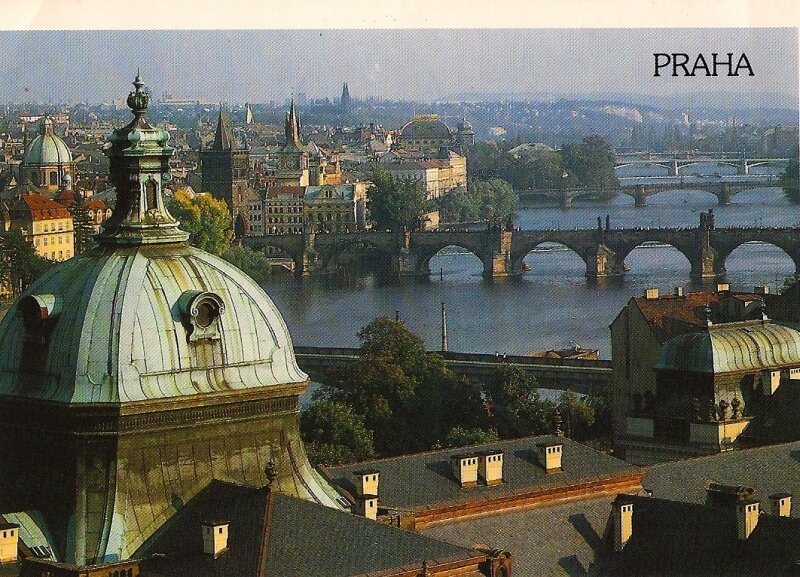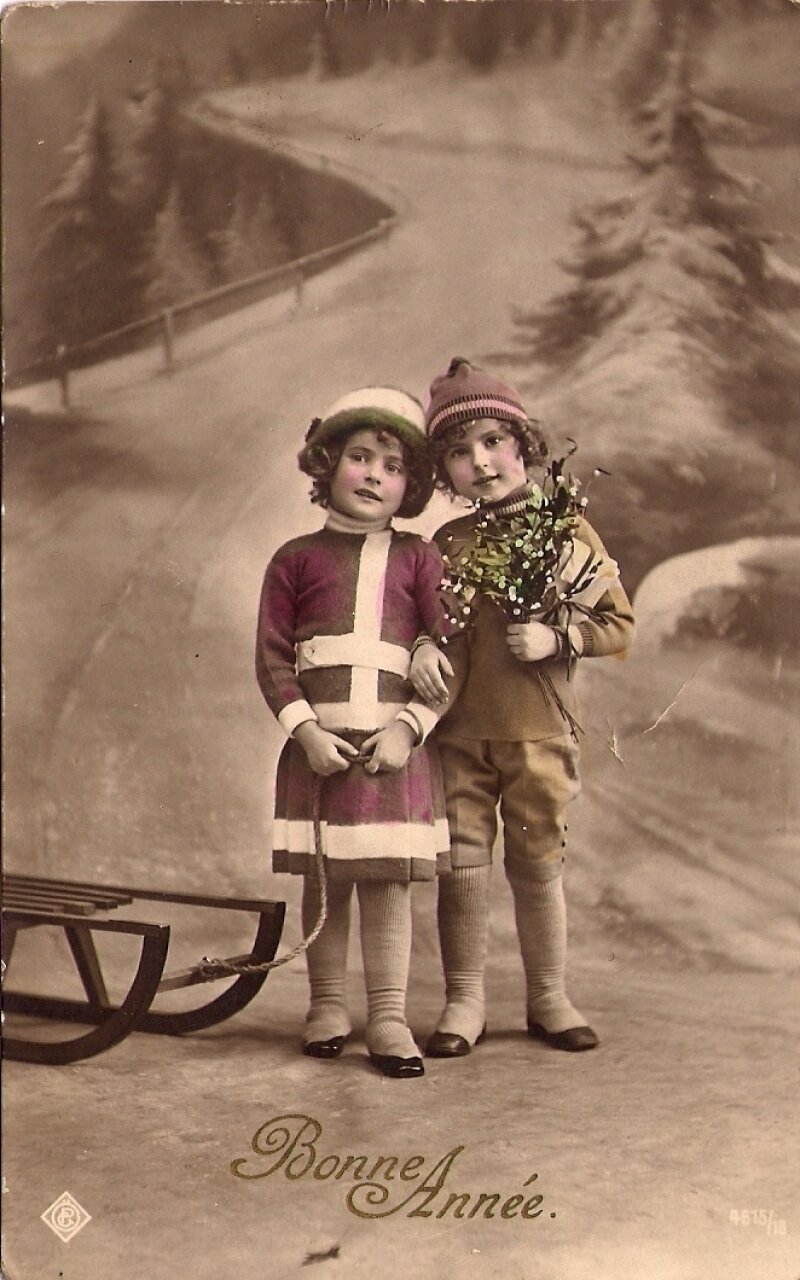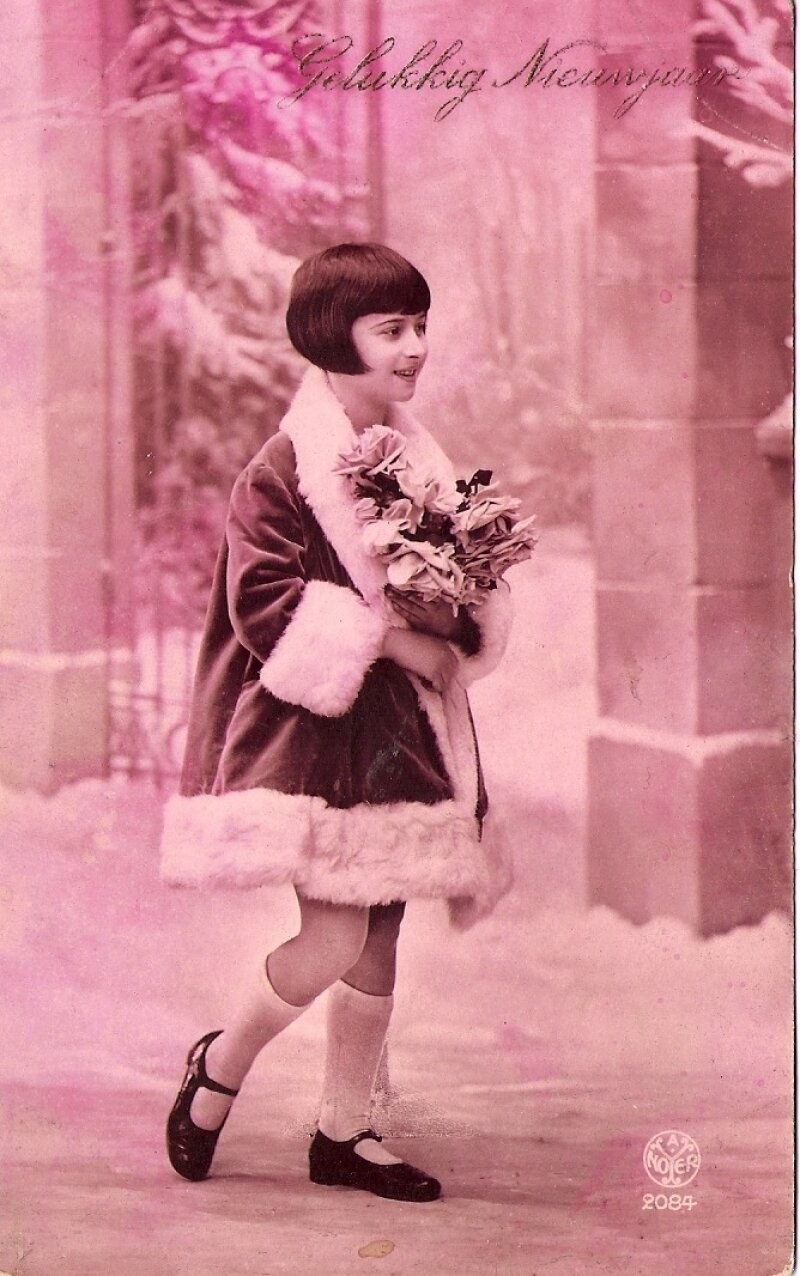
I have an early childhood memory of receiving a postcard from my neighbours who were on vacation in Limburg. On the left part of the card “KR Brinkman Fam.” was written. I wondered with surprise why they’d only leave an abbreviation when there was still so much white space left on the card. Despite that enormous vaccuum, I remember my mother being very pleased with this postal greeting.
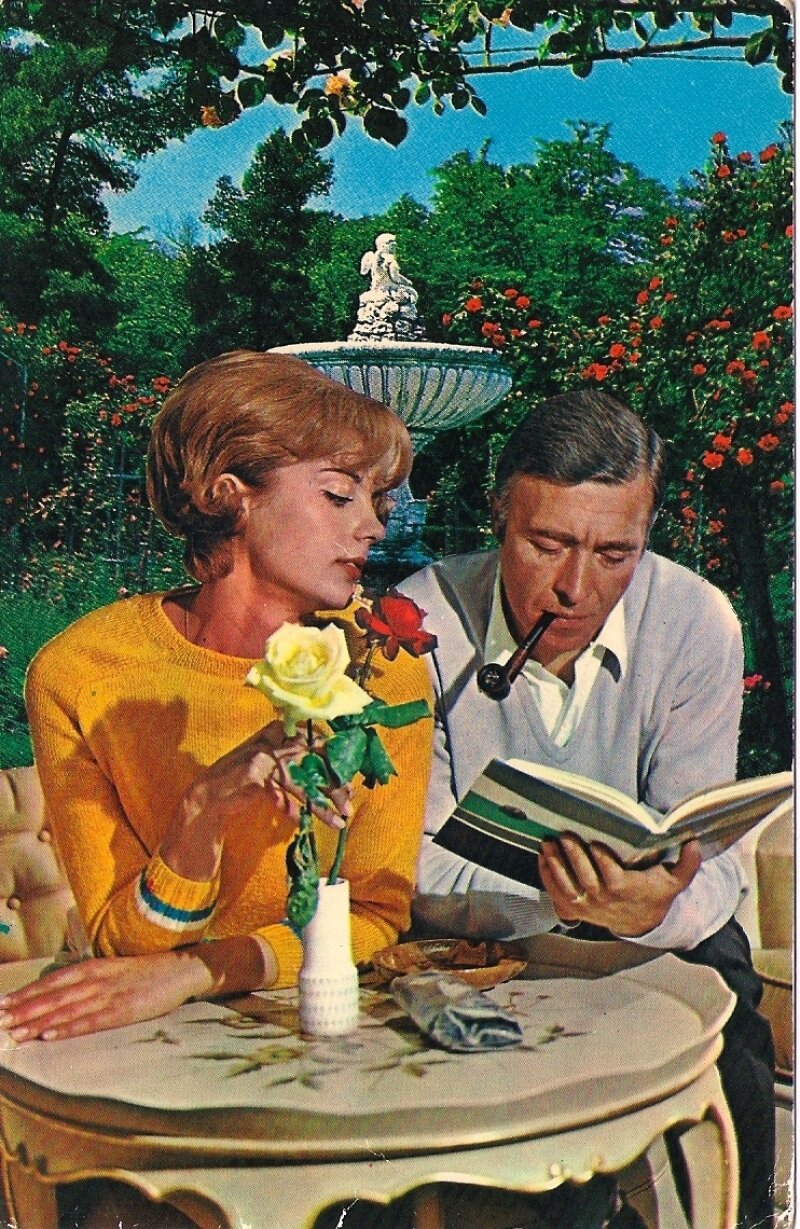
This is the essence of a postcard; it’s a gesture of presence. The postcard can contain a message that's nearly empty, that does little more than communicate the sender’s message: “I’m here” or “I’m thinking of you”.
Since college, I’ve been steadily building my collection of postcards. All in all, I have around three shoeboxes full of them. There’s no real underlying theme. There are the prototypical “happy birthday” cards. On one of these cards, meant for a man’s birthday, is printed a shaving brush, a beer jug, cigars, a miniature car, and a slightly pathetic bouquet. One birthday card for a woman shows a cyclamen, a mixer, a candleholder, a sewing machine, and other assorted household appliances. These are still lifes from the fifties that are becoming increasingly rare.
I have Turkish and Italian cards, countless art cards from the Kröller-Müller, the Prado, and other museums. Since 1993, “Free Boomerang cards” came out on the market. These cards were freely available to be plucked from display stands at cafes. There are some very strong ones among these. For example, one printed with the expression “In a dip?” shows a depressed teenager on a white folding chair in his empty study room. Or a card with a man falling from the skies with the words, “Ever considered aerotherapy?” Boomerang seemed to have a card designed for every idea or mood.
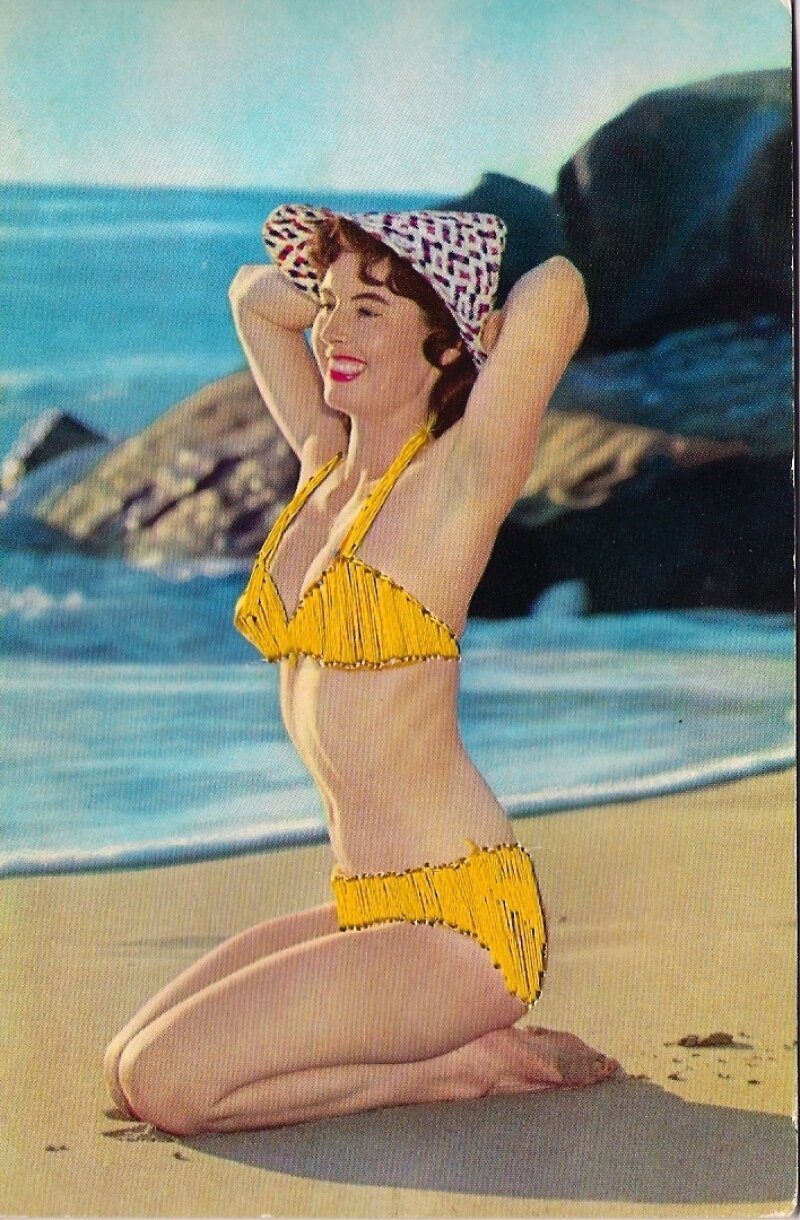
I often look through a pile of cards if I want to change my mood or my mode of thinking. My unwritten postcards are not addressed to anyone, and don’t need to ever be sent to anyone. They are images and ideas in their own right.
The philosopher Jacques Derrida takes this a step further in his book, La Carte Postale: De Socrate à Freud et au-delà [1]. In the Bodleian library in Oxford, he found a postcard on which Plato and Socrates are depicted. This card fascinated him, because neither the meaning of the card, the image, nor the text on the back correspond to its message. It is a gesture, an impulse, a transmission, or “un envoi,” in French. It takes flight and in that, finds its power. Every letter has certain content; the postcard has no need for that.
Derrida claims that a philosophical text is like a postcard. Plato’s dialogues, in which Socrates is always the main character, are some of the most well known texts in the history of philosophy. According to Derrida, they can be seen as a series of postcards that have been sent into history. Derrida wonders how Freud received Plato’s postcards 2500 years later.
There are certain postcards that I would never do away with. An aquarelle in card form by Marlene Dumas from 1989 titled, “On his back”, for example. I bought this card after seeing Dumas’ exhibition at the Centre Pompidou in Paris at the end of 2001. Each time I looked at it, I became calm, as though my son, one year old at the time, was depicted on the card. I’ll always cherish this card for the therapeutic value it had for me.
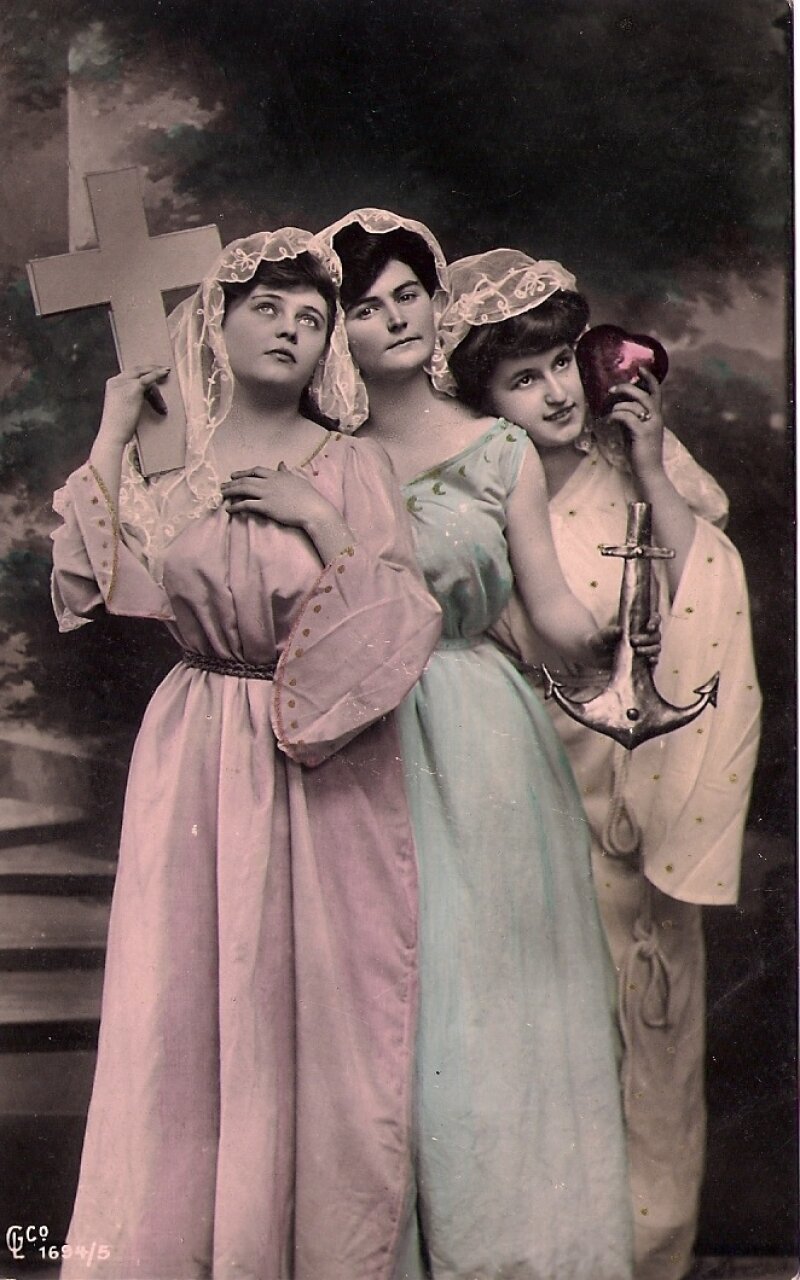
Choosing a Dumas-in-card-form is no coincidence: she has often told that her work is often based on photographs and images. She sees the interpretion of images towards an intrinsic meaning as a process in which the different elements overlap.
To observe and to give meaning; we cannot help but bring what we see into words. Dumas puts this very succinctly in an interview: “words and images drink from the same cup, and our ears are next to our eyes”. [2]
Apparently, the poet Rutger Kopland has a huge collection of postcards. Among his writings, there are various poems dedicated to musing upon these cards.This one is titled “Choosing a postcard”. [3]:

Choosing a postcard
On the postcard there are a couple of men
playing pétanque below a plane-tree
at their feet the balls they’ve thrown
they’ve stopped the game and ponder
they are standing in a circle, heads bowed
over what is lying there
there’s a problem lying there
never have their balls lain like this
I could keep looking at this card
it’s probably almost night there now, the shadows
have lengthened, the end of a hot day
and while nothing moves there
invisibly slowly a question is growing
the question: what now
I’d really like to send you this card
© Rutger Kopland
© Tranlation: Willem Groenewegen http://www.decontrabas.com/de_contrabas/2009/08/rutger-kopland-75.html
